Zamknij arrow_back
- Nowości
-
Mapy i publikacje
add remove Mapy papierowe add removePublikacje papierowe add remove
-
Nawigacja
add remove Zegary add removeBarometry add removeTermometry , Higrometry, Barografy add removeAreometry (Densymetry) add remove
-
Sygnalizacja
add remove Lampy Nawigacyjne, Szperacze add removeŻarówki add removeLatarki add removeZnaki dzienne add remove
-
Środki ratunkowe
add remove Kamizelki add removeTratwy add removeKombinezony ratunkowe add removePirotechnika morska add removeKoła, Pławki, Tyczki add removeUprzęże, Linki, Taśmy Bezpieczeństwa add removeReflektory radarowe add removeBosaki, Wiosła add remove
-
Elektronika morska
add remove Radiotelefony add removeOdbiorniki Pogody add removePLB / AIS MOB, OLAS add removeRadiopławy, Transpondery add removeWiatromierze add removeAkcesoria add remove
-
Sprzęt pożarowy
add remove Akcesoria add remove
-
Wyposażenie pokładowe
add remove Drabinki Pilotowe, Ewakuacyjne add remove
- Nowości
-
Mapy i publikacje
add remove Mapy papierowe add removePublikacje papierowe add remove
- Nawigacja add remove
- Sygnalizacja add remove
- Środki ratunkowe add remove
- Elektronika morska add remove
- Sprzęt pożarowy add remove
-
Wyposażenie pokładowe
add remove
The International Code for Application of Fire Test Procedures, (2010 FTP Code), 2012 Edycja
The International Code for Application of Fire Test Procedures, (2010 FTP Code) was developed with the
aim to enhance user friendliness, ensure more uniform application of the requirements on fire testing and
generalize the experience gained so far from the application of resolution MSC.61(67). Bearing in mind
the intent of developers to formulate the requirements for fire test procedures in a form which would be as
close to general industry’s procedures as possible, one of the aims of the Code was to update references
to all ISO applicable standards. The present Code contains requirements for the testing process itself:
testing laboratories, format of test reports, and provides procedures of type and case-by-case approval of
materials, components and structures intended for maritime applications. Taking due account of alternative
designs and arrangements which have been made possible by virtue of SOLAS regulation II-2/17, adopted
by resolution MSC.99(73) in 2000, the Code also provides for the possibility of conducting alternative
tests on a proviso that the level of safety of the tested materials, components and structures set by the
Convention is not compromised and corresponds to at least that contained in its prescriptive requirements.
aim to enhance user friendliness, ensure more uniform application of the requirements on fire testing and
generalize the experience gained so far from the application of resolution MSC.61(67). Bearing in mind
the intent of developers to formulate the requirements for fire test procedures in a form which would be as
close to general industry’s procedures as possible, one of the aims of the Code was to update references
to all ISO applicable standards. The present Code contains requirements for the testing process itself:
testing laboratories, format of test reports, and provides procedures of type and case-by-case approval of
materials, components and structures intended for maritime applications. Taking due account of alternative
designs and arrangements which have been made possible by virtue of SOLAS regulation II-2/17, adopted
by resolution MSC.99(73) in 2000, the Code also provides for the possibility of conducting alternative
tests on a proviso that the level of safety of the tested materials, components and structures set by the
Convention is not compromised and corresponds to at least that contained in its prescriptive requirements.
Podobne z kategorii
Availability: 1 In Stock
SafetyNET is an international automatic direct-printing satellite-based
service for the promulgation of maritime safety information including
navigational warnings and meteorological information and other urgent
safety-related messages to ships, as well as search and rescue-related
information, and fulfils an integral role in the Global Maritime
Distress and Safety System (GMDSS).
This edition of the Manual, renamed the *International SafetyNET
Services Manual*, incorporates changes introduced to the Inmarsat
satellite network and services including the Inmarsat Fleet Safety
service, which has been recognized as a mobile satellite service for use
in the GMDSS by adoption of resolution MSC.450(99).
Availability: Out of stock
This Guide has been developed to consolidate existing IMO maritime
security-related material into an easily read companion guide to SOLAS
chapter XI-2 and the ISPS Code in order to assist States in promoting
maritime security through development in the requisite legal framework,
associated administrative practices, procedures and technical and human
resources.
It is intended both to assist SOLAS Contracting Governments in the
implementation, verification, compliance with, and enforcement of, the
provisions of SOLAS chapter XI-2 and the ISPS Code. It should also serve
as an aid and reference for those engaged in delivering capacity-
building activities in the field of maritime security.
This second edition of the Guide incorporates guidance approved by the
Maritime Safety Committee on the development of maritime security
legislation as well as maritime cyber risk management, and includes
updated sources for further information to support the implementation of
the ISPS Code.






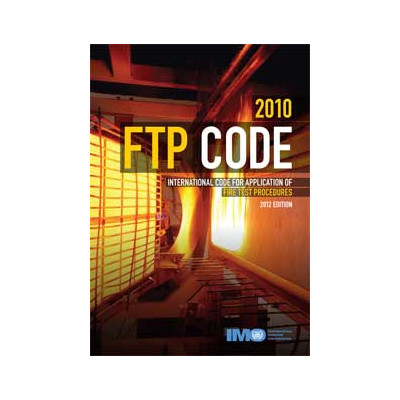
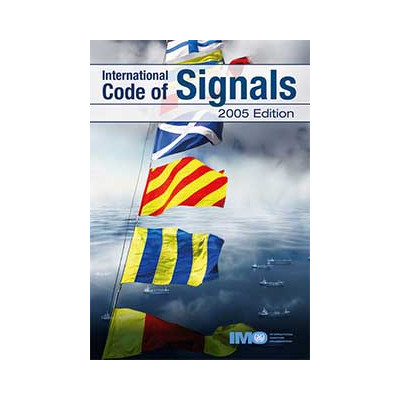
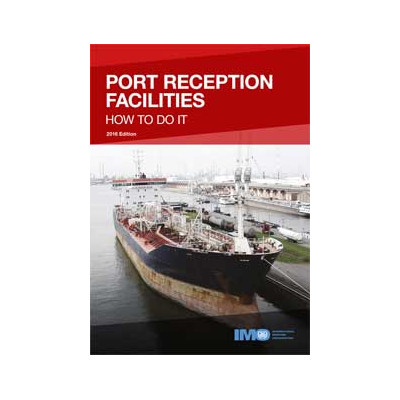

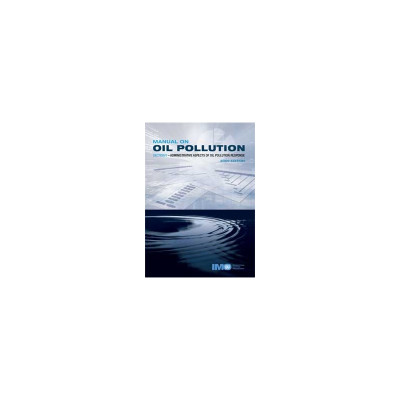
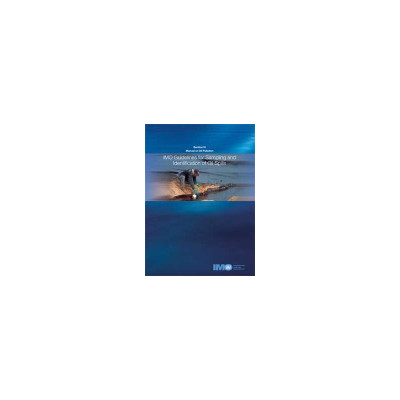
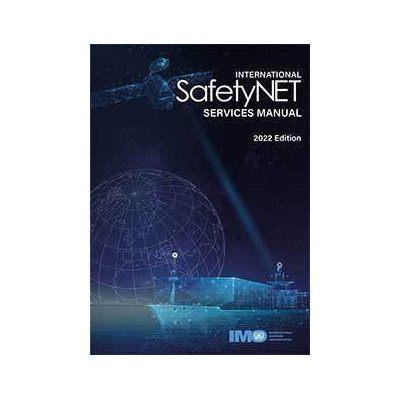

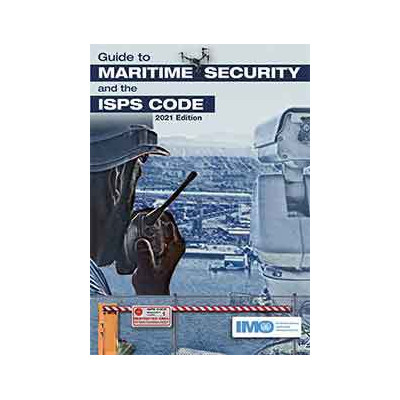
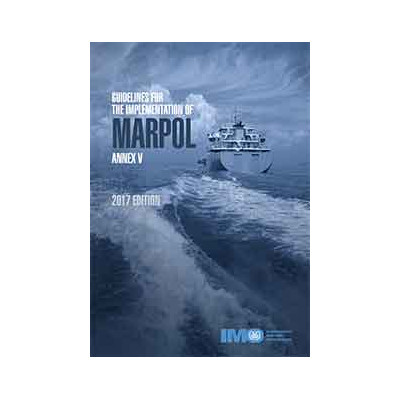
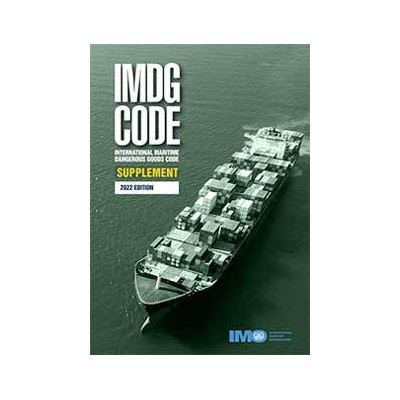
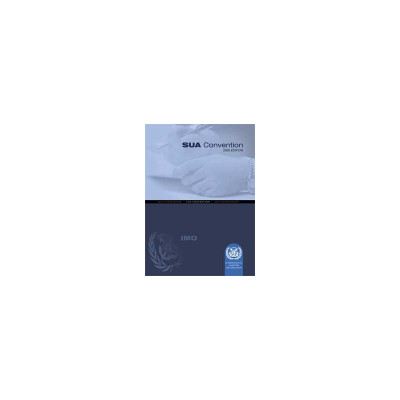
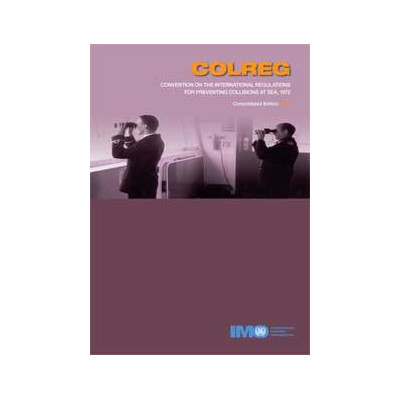
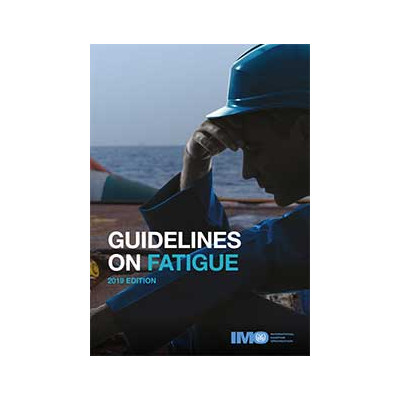
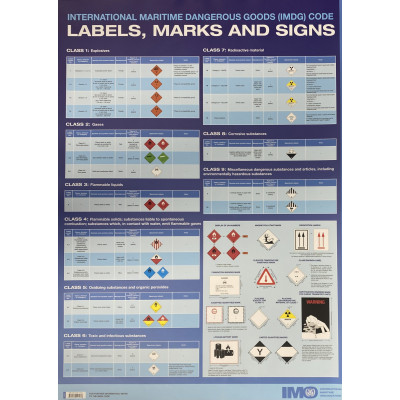
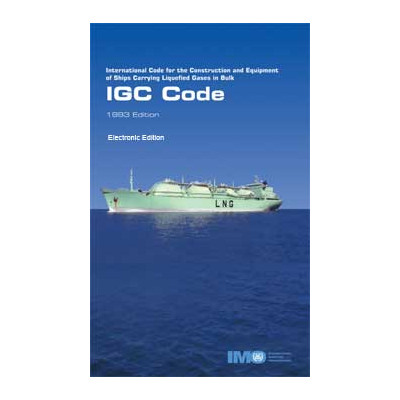
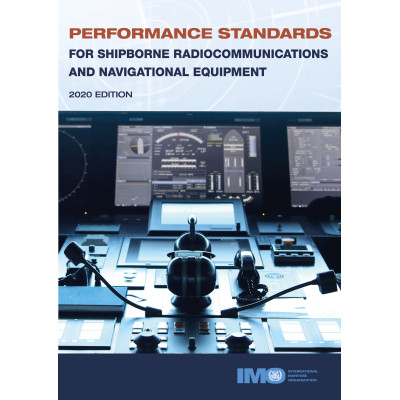
 Cookies
Cookies